
As of this month, Ian Callum no longer works at Jaguar as director of design. And while it gives his replacement, Julian Thomson, a chance to bring fresh ideas to the table, it means the man who gave Jaguar its ‘modern makeover’ is no longer around.
Who is Ian Callum?
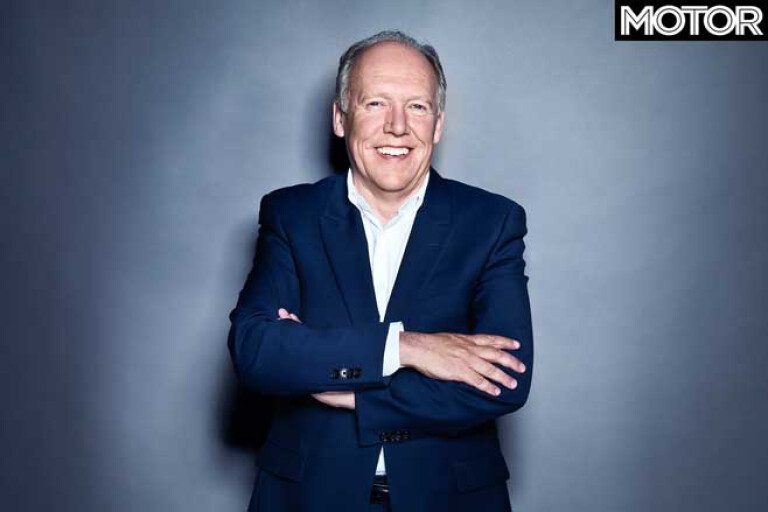
For the last two decades, Ian Callum has been a staple of Jaguar’s design team, and for a lot of that time its leader. He has helped transform Jaguar into a modern, stylish brand without disrespecting the historic (albeit outdated) design language he inherited from Jaguar’s past.
When Callum joined Jag in 1999, the company was owned by Ford, and Callum himself also worked for Tom Walkinshaw as a design consultant for the likes of Aston Martin, then a very different company itself.
Before the first Jaguar Callum had put his name to, he’d been unofficially responsible for creating the Aston Martin DB9’s design, as well as a great deal of the V8 Vantage of the same era.
But before long, Callum had made his way to the top of the design food chain at Jaguar and was reinventing the brand’s design language to take its British charm into the modern era.
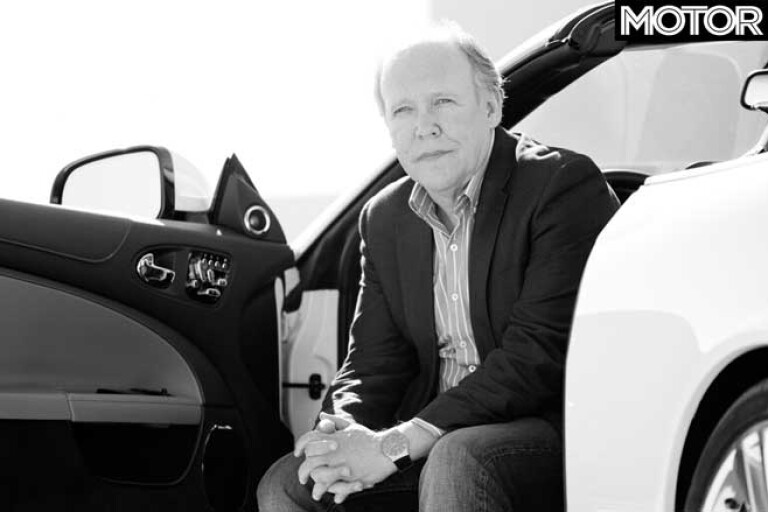
“I came into this role with a mission to take Jaguar design back to where it deserved to be,” he said upon the announcement of his departure from Jaguar.
“It has taken 20 years, but I believe I have achieved what I set out to do.”
2003 Jaguar R-D6 concept

Rather than getting straight to work on a production model, Callum’s first big project was one that is now very clearly the link between old and new for Jaguar.
While the R-D6 ‘hatch’ concept used a diesel V6 engine and some clearly traditional Jag design elements, it stepped away from the ‘old world’ of car design and started incorporating those elements into something new.
The interior was also a far cry from tradition, with a leather and aluminium-styled ‘futuristic’ dash and red lighting.
2005 Jaguar XK
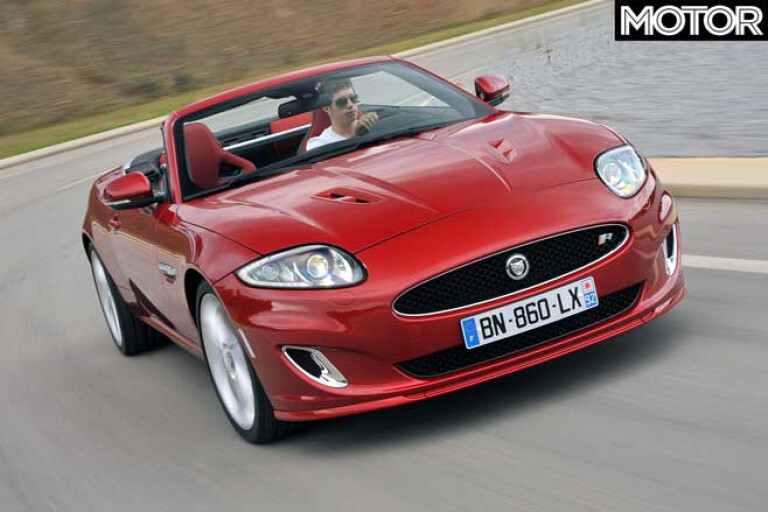
Though Callum happily admits the XK is similar in many ways to the Aston Martin DB9, he defends the similarities with a rather simple statement, one he gave US outlet Car and Driver during an interview in 2010.
“They have values about them that are similar, I’d say,” Callum said.
“The way they sit, their overall proportions—but these are my values, what I think makes a car correct. I’m not going to change those values because I’m working for a different brand.”
The DNA from the XK would go on to inform the first of Callum’s truly modern designs.
2007 Jaguar XF

“One of my biggest highlights was creating XF, Callum recalls,
“It represented the beginning of a new era moving Jaguar from tradition to contemporary design – it was a significant turning point in our story.”
Even the first XF concept (called C-XF) from more than ten years ago very clearly looks like the current iteration, not that the first wouldn’t hold up today.
2009 Jaguar XJ

Taking a revered badge such as ‘XJ’ and recreating the car it’s attached to is a risky move, but in the previously mentioned C&D interview, Callum asserts that he thinks it fits with the necessary progression of the brand’s design.
“My point of judgment is always: ‘What would Sir William Lyons think of this?’ And I honestly think he’d approve, hugely.”
2010 Jaguar C-X75
.jpg )
Though Aston Martin had long been the ‘Bond’ brand, Jaguar also formed a partnership with the franchise for the film Spectre and supplied the villain’s car – in the form of the C-X75 concept supercar.
It also clearly harks back to the XJ220 of the 1990s.
“C-X75 is only a concept supercar,” Callum said at the time it was revealed, “but it's a clear statement of Jaguar's intent to continue creating bold, innovative and beautiful performance cars."
Of course, a bold performance car was just around the corner.
2012/13 Jaguar F-Type and Coupe
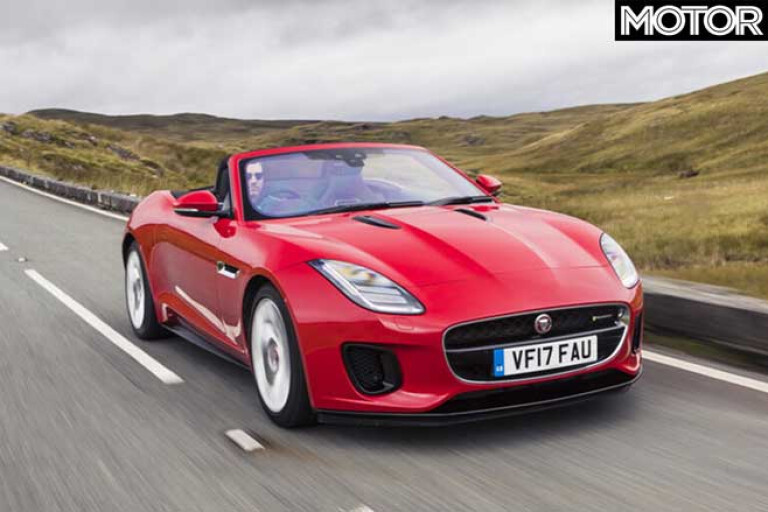
Snarling supercharged sixes and glorious thumping V8s mark the F-Type as one of the most dramatic Jags ever, but even when switched off there’s a bit of theatre to the sports coupes and convertible.
Taking a direct spiritual line from the E-Type, one of the most beautiful cars of all time, Callum brought a two-door design back to the Jaguar line-up.
In fact, it was so significant for him, he called it “a dream come true.”
2014 Jaguar XE
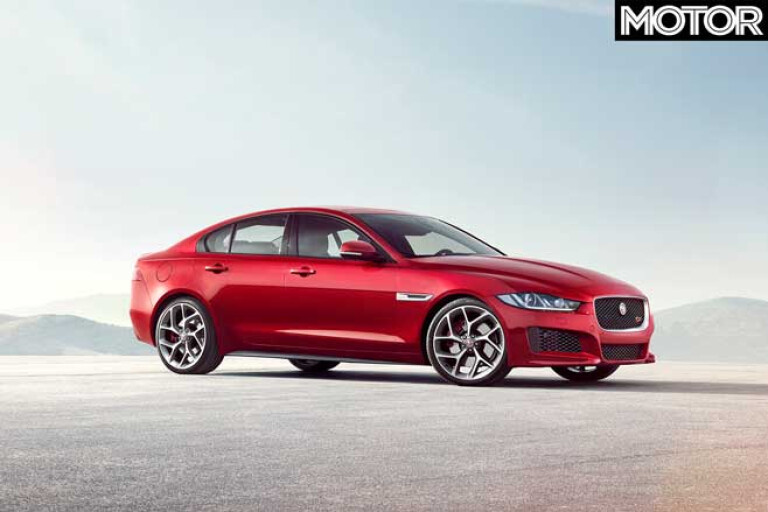
The ‘entry-level’ Jag was introduced to ‘replace’ the X-Type, which had survived quite deep into the 2000s for a car with Jaguar’s pre-Callum design language.
Of course, the XE fixed that with a design much more closely based on the elements introduced by Callum.
It also became the basis for one of Jaguar’s wildest-ever cars, the XE SV Project 8.
2015-18 Jaguar’s SUV revolution (F-Pace, E-Pace, I-Pace)
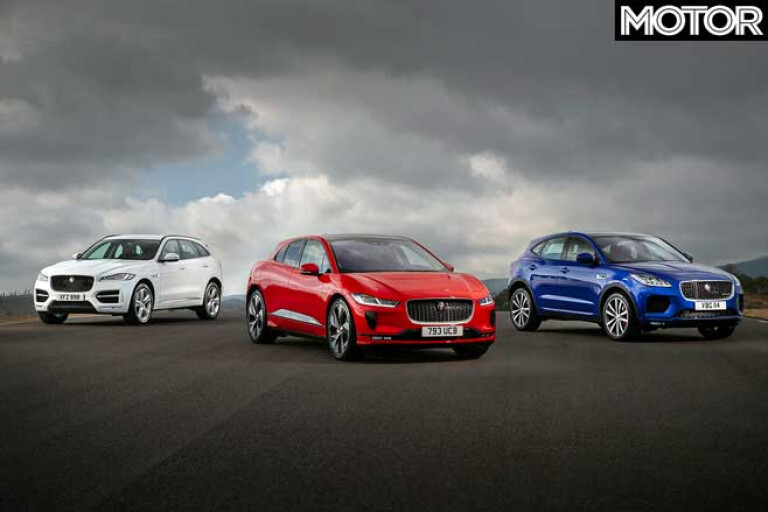
While SUVs generally tend to be the less-than visually appealing members of a brand’s range, Callum managed to make the F, E, and I-Paces look muscular where they need to (F-Pace) and elegant where the market needs something beautiful (I-Pace).
Even the smaller E-Pace manages to incorporate Callum’s design language without looking awkward.
The future of Jaguar design
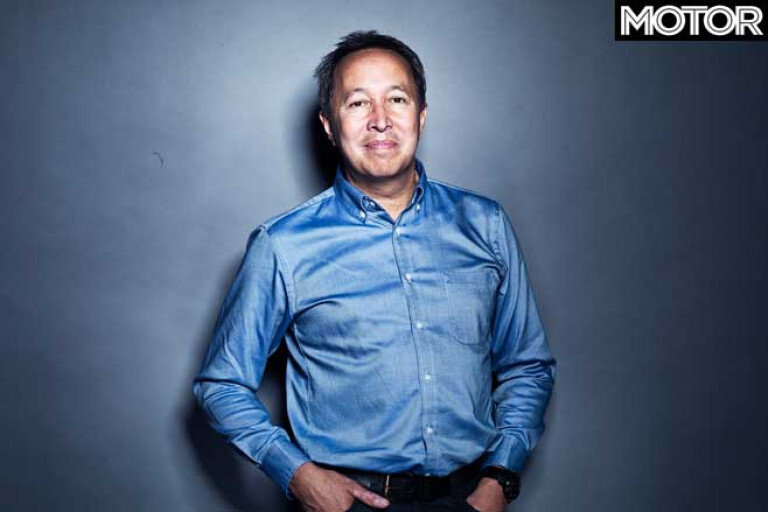
Of course, moving forward, Ian Callum will remain a consultant available for Jaguar to ‘check in’ with if his advice is needed, though Callum feels his replacement, Julian Thomson, is more than up to the task.
“Designing Jaguar cars was a lifelong dream for me, and I’m delighted to remain involved as a consultant for the brand.
“I have worked closely with Julian Thomson for 18 years – he is a hugely talented designer and absolutely the right person to lead Jaguar design into its next chapter.”

COMMENTS